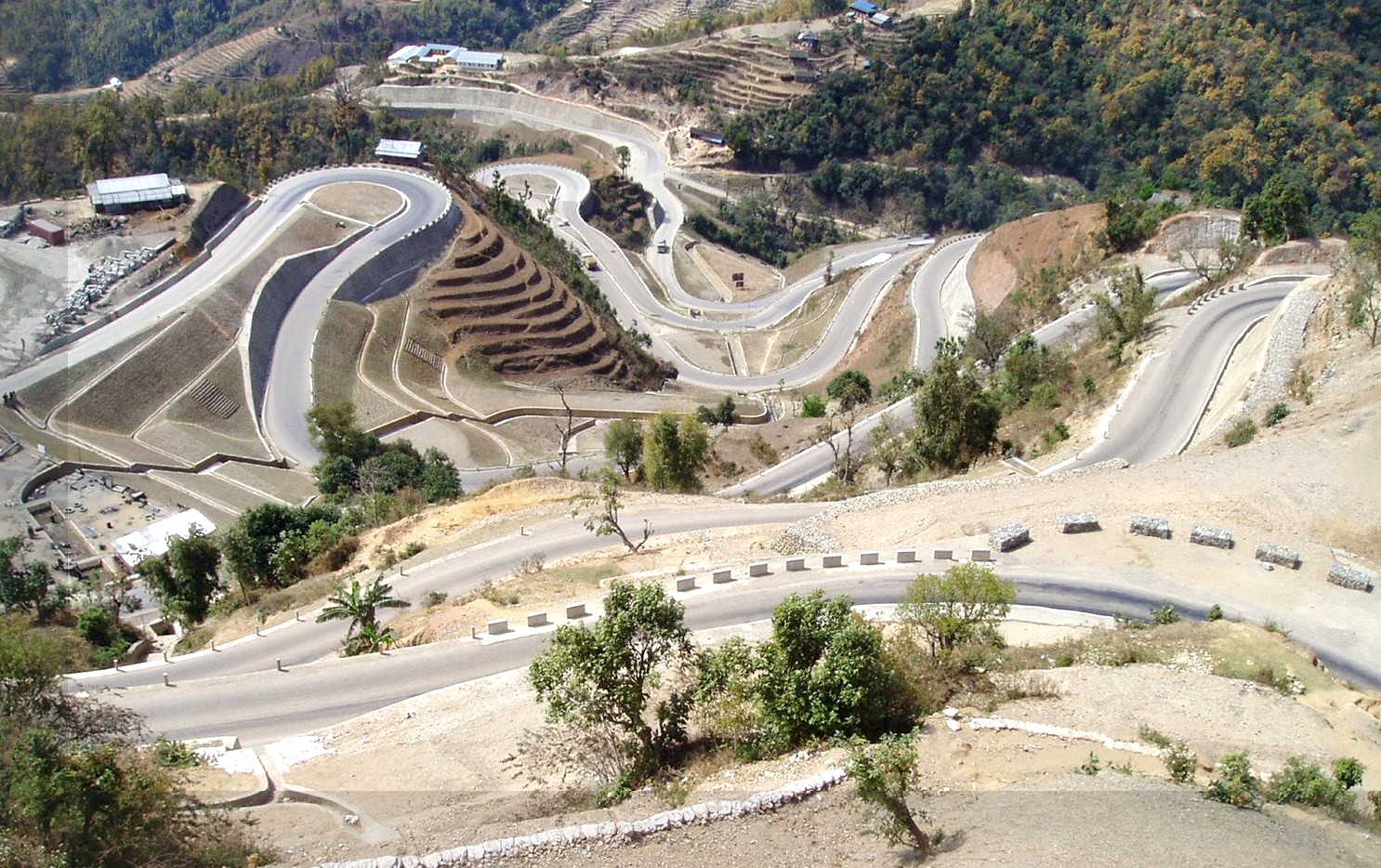Recognizing the Important Function of the Geotechnical Sector in Modern Building Projects and Infrastructure Development
The geotechnical sector is a cornerstone of modern-day construction and infrastructure growth, providing critical understandings into dirt behavior that straight affect job outcomes. Via sophisticated soil assessments and ingenious design solutions, geotechnical specialists not only ensure structural honesty however likewise address sustainability worries in the middle of evolving ecological standards.
Importance of Dirt Evaluation
Dirt assessment plays an essential function in the geotechnical market, functioning as the structure for educated decision-making in construction jobs. Exact dirt assessment is crucial for identifying the viability of a website for numerous sorts of frameworks, consisting of residential homes, business structures, and bridges. By assessing dirt make-up, thickness, wetness, and strength content, engineers can prepare for prospective challenges and alleviate dangers associated with ground instability, disintegration, and negotiation.
The evaluation process typically entails a collection of tests and observations that give essential info regarding the subsurface problems. This information educates the design and building procedures, making certain that structures are improved strong ground with ample assistance. Understanding the dirt profile allows engineers to select suitable building and construction methods and materials, maximizing source application and minimizing prices.
In enhancement to ensuring architectural integrity, soil analysis adds to ecological sustainability. By recognizing potential contamination or negative results on bordering environments, designers can execute techniques to protect these natural deposits. On the whole, thorough dirt assessment is crucial in the geotechnical area, underpinning the safety, effectiveness, and ecological obligation of construction projects.
Secret Geotechnical Methods
A selection of vital geotechnical strategies are utilized to analyze and improve the security and performance of building and construction sites. One foundational approach is soil sampling and screening, which enables engineers to identify the chemical and physical buildings of the ground. This details is essential for making educated decisions pertaining to foundation layout and construction methods.
An additional essential technique is website characterization, which includes the comprehensive analysis of soil and rock conditions via methods such as borehole boring and in-situ screening. Techniques like Criterion Penetration Tests (SPT) and Cone Penetration Examinations (CPT) supply useful data on soil toughness and stratigraphy.
Ground renovation techniques, such as dirt stablizing and grouting, are likewise vital in improving the load-bearing capacity of weak dirts. These methods can mitigate negotiation and enhance general site problems.
Furthermore, slope security analysis is vital for recognizing prospective landslide threats and making certain the safety of excavations. This analysis often employs mathematical modeling and restriction balance approaches to forecast soil actions under various conditions.
Including these geotechnical methods into construction preparation not just enhances job outcomes however also makes sure the long-lasting sustainability of framework advancement.
Influence On Building And Construction Safety And Security

Additionally, reliable geotechnical design entails executing mitigation methods for determined risks. This might consist of soil stabilization techniques, preserving structures, or water drainage systems to minimize hydrostatic stress. By dealing with these variables, building and construction groups can minimize the likelihood of mishaps and boost employee safety and security.
Additionally, continuous tracking of website problems is vital throughout construction. Geotechnical tools can give real-time information pertaining to ground activity and stability, allowing for prompt interventions when necessary.
Fundamentally, the geotechnical market plays an essential role in guarding construction tasks. By prioritizing ground honesty and utilizing extensive evaluation approaches, the geotechnical field not just protects the workforce yet likewise adds to the longevity and dependability of visit site created facilities.
Sustainability in Geotechnical Practices

Additionally, geotechnical engineers are currently utilizing advanced technologies, such as geosynthetics, which enhance soil stability while decreasing the quantity of material called for. This not only conserves resources yet likewise causes less waste generation (geo tech engineer). The combination of lasting style concepts into geotechnical engineering urges making use of renewable energy resources in building and construction procedures, further minimizing carbon discharges
By performing these assessments, geotechnical professionals can create strategies that reduce damaging impacts, making certain conformity with environmental laws. Overall, the focus on sustainability within geotechnical practices not just contributes to the longevity and durability of infrastructure but additionally advertises a liable technique to land and source administration.
Future Trends in Geotechnical Engineering
Innovation is driving the future of geotechnical design, as arising methodologies and innovations reshape the industry. The assimilation of sophisticated information analytics and fabricated intelligence is readied to change website examination and danger analysis, allowing engineers to make even more informed choices based on real-time information. Furthermore, making use of geosynthetic products is getting traction, supplying lasting services that boost soil security and lower environmental effect.
One more substantial trend is the fostering of automated and robot systems for monitoring and building procedures. These technologies not just enhance accuracy yet also boost safety by decreasing human involvement in unsafe settings. Additionally, the discover this application of Building Details Modeling (BIM) in geotechnical design facilitates boosted cooperation amongst stakeholders, enhancing job shipment and minimizing costs.
As environment modification presents brand-new difficulties, the market is progressively concentrating on strength and versatility in style methods, guaranteeing framework can hold up against severe climate occasions. The continuous pattern toward sustainability will drive development in environmentally friendly products and techniques, straightening geotechnical engineering with wider environmental objectives. Jointly, these trends will certainly form an extra efficient, lasting, and resilient geotechnical landscape for future tasks.
Conclusion

The geotechnical sector is a cornerstone of modern-day building and framework development, giving critical insights into soil habits that directly affect job results. consulting engineer.Dirt assessment plays an essential duty in the geotechnical industry, serving as the foundation for informed decision-making in building jobs. Overall, thorough soil analysis is indispensable in the geotechnical area, underpinning the safety, effectiveness, and ecological responsibility of building and construction projects
Building and construction safety and security is significantly influenced by geotechnical techniques, as the stability and honesty of the ground straight impact the overall safety and security of a building site.In conclusion, the geotechnical market is essential in modern-day building and facilities advancement, providing important assessments that make sure structural integrity and safety and security.